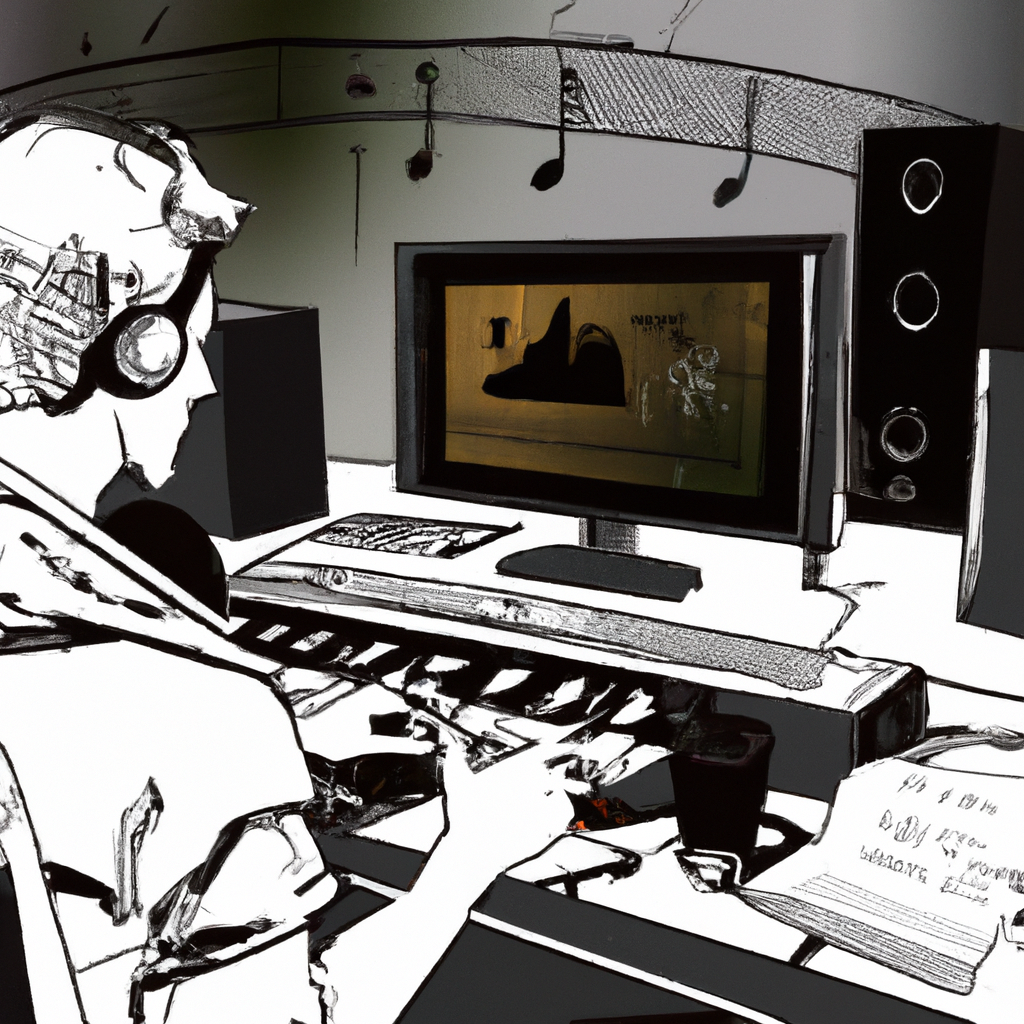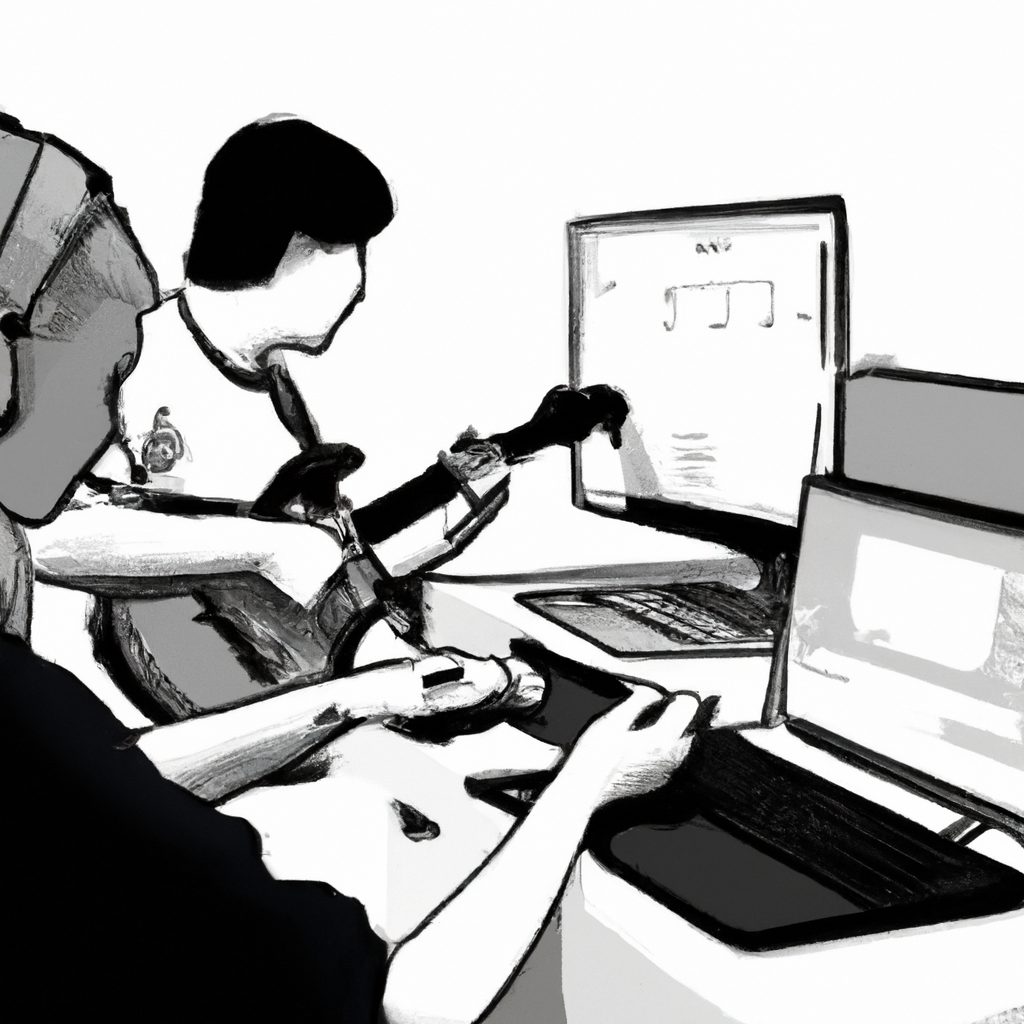Dear Readers,
AI plays a crucial role in our blog, helping us manage our time more effectively to keep the content flowing. While AI assists with content creation, which may lead to occasional spelling or grammar errors, our primary goal remains clear: to deliver meaningful insights to you. For important matters, please consult a specialist.
Thank you for your understanding and support.
Best regards,
Education.com.cy
Executive Summary
Developing interactive games with music and visuals involves blending artistic creativity with technological innovation. This article explores the process of creating such games, from concept development to final deployment. It covers the importance of music and visuals in enhancing the gaming experience, the tools and techniques used in game development, and practical examples to illustrate key points. This guide aims to provide educators and parents with insights into the world of interactive game development, highlighting its educational and creative potential.
Introduction
Interactive games that incorporate music and visuals offer a unique way to engage players, combining auditory and visual stimuli to create immersive experiences. These games not only entertain but also educate and inspire creativity. By understanding the process of developing such games, educators and parents can better appreciate the skills involved and the potential benefits for learners.
Main Sections
1. Introduction to Interactive Games
Interactive games are designed to respond to player inputs, creating a dynamic and engaging experience. These games often use music and visuals to enhance the storytelling and gameplay, making them more immersive and enjoyable.

2. The Role of Music in Interactive Games
Music plays a crucial role in setting the mood and atmosphere of a game. It can evoke emotions, signal changes in gameplay, and enhance the overall experience. For example, a suspenseful soundtrack can heighten tension during a challenging level, while a cheerful tune can make a victory feel more rewarding.

Find out how the strategies discussed in the article
"How Teaching a Song Can Improve Your Child’s Learning and Well-Being"can help address internet addiction in children and teens.
3. Visual Elements in Game Design
Visuals are essential for creating an engaging game environment. They include everything from character designs and backgrounds to animations and special effects. High-quality visuals can make a game more appealing and help convey the story and objectives clearly.

4. Integrating Music and Visuals with Technology
The integration of music and visuals requires the use of various technologies and software tools. Game engines like Unity and Unreal Engine allow developers to synchronize audio and visual elements, creating a cohesive and interactive experience.

5. Basics of Coding for Game Development
Coding is the backbone of game development. It involves writing scripts that control the game’s behavior, including how music and visuals respond to player actions. Languages like C# and Python are commonly used in game development.

6. Tools and Software for Creating Interactive Games
Various tools and software are available for game development. These include game engines, graphic design software, and audio editing tools. Popular options include Unity, Blender, and Audacity, each offering features to help developers create and integrate music and visuals.

7. Designing Music for Games
Designing music for games involves composing tracks that match the game’s theme and pace. Composers must consider factors like the game’s setting, characters, and events to create music that enhances the player’s experience.

8. Creating Visuals for Games
Creating visuals involves designing characters, environments, and animations that align with the game’s style and story. Artists use tools like Photoshop and Illustrator to create detailed and appealing graphics.

9. Combining Music and Visuals in Game Development
Combining music and visuals requires careful planning and coordination. Developers must ensure that audio and visual elements complement each other and enhance the gameplay. This process often involves iterative testing and refinement.

10. Case Studies of Successful Interactive Games
Examining successful interactive games can provide valuable insights into effective design and development practices. Games like “Journey” and “Ori and the Blind Forest” are renowned for their seamless integration of music and visuals, creating memorable experiences for players.

11. Practical Exercises and Projects
Hands-on projects can help learners apply the concepts discussed. Examples include creating a simple game with background music and basic animations or designing a character and composing a theme song for it.

12. Future Trends in Interactive Game Development
The future of interactive game development looks promising, with advancements in technology enabling more sophisticated and immersive experiences. Trends like virtual reality (VR) and augmented reality (AR) are set to revolutionize the way music and visuals are integrated into games.

13. Resources and Further Reading
Providing a list of resources can help readers explore the topic further. Recommended resources include books, online courses, and websites dedicated to game development, music composition, and visual design.

Conclusion
Developing interactive games with music and visuals is a multifaceted process that combines creativity with technical skills. By understanding the key elements involved, educators and parents can appreciate the educational and creative potential of these games. Encouraging learners to explore game development can foster skills in coding, music, and visual arts, providing a well-rounded and engaging learning experience.

Thank you for reading our article on Developing Interactive Games with Music and Visuals. We highly value your feedback and invite you to take a brief survey to share your thoughts and experiences. Your responses will be kept confidential.
Dear Readers,
Welcome to my blog, where technology, music, and visual arts come together to spark creativity and growth. By subscribing, you’ll become part of a vibrant community committed to exploring and learning in these areas.
Select the type of engagement that suits you best:
Join us and enjoy tailored content and direct support suited to your interests.
Confidentiality Statement: Your responses will be kept confidential and used solely for the purpose of improving our content and resources. We will not share your personal information with any third parties.
